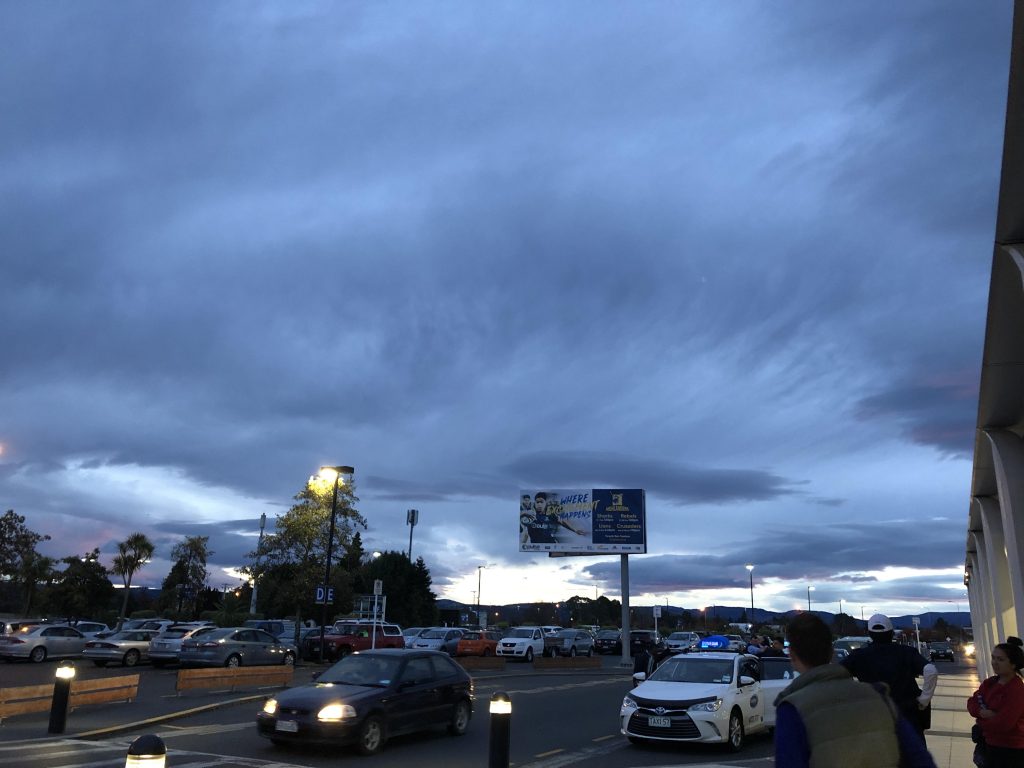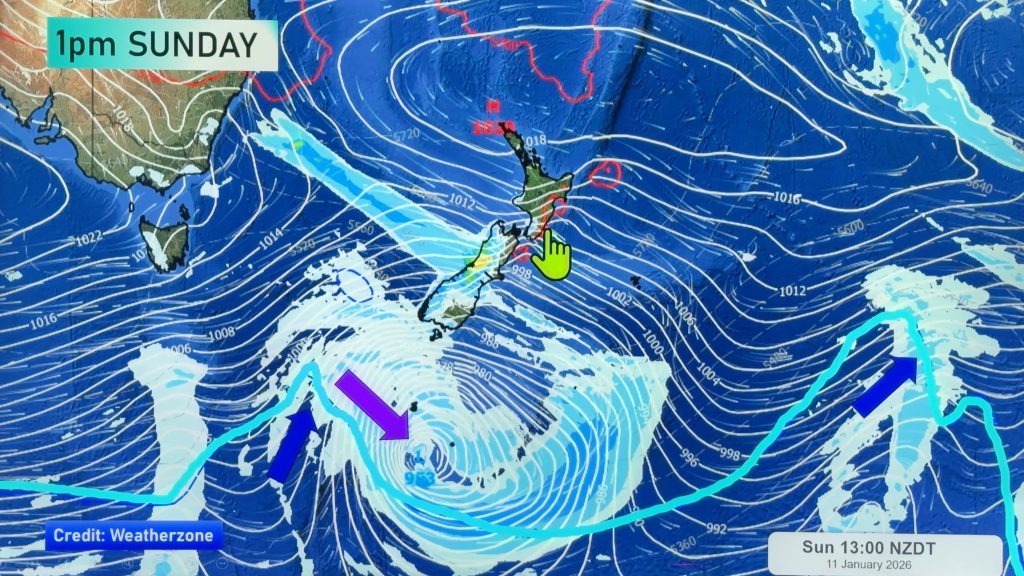
> From the WeatherWatch archives
Have you ever wondered what it would do to our weather if New Zealand was orientated due north-south, rather than northeast-southwest?
Imagine, too, what it would mean to daylight hours, particularly in the winter.

It’s easy to forget our country is on quite a lean. We have a good understanding that we live in quite a long, skinny land. But it’s not so well appreciated that the southern tip of Fiordland is actually more than 12 degrees of longitude – about 1000km – further west than East Cape.
Like snooker or pool, when it comes to daylight hours in different parts of the country it’s all about the angles.
I was reminded of this on a dawn flight to Dunedin the other day.
The first glow of sunlight was lighting up the edge of the nor’west arch cloud out to the northeast over Pegasus Bay when the plane took off from Christchurch Airport about 6.50am.

As the aircraft tracked southwest over the next 45 minutes, you had to crane your neck behind to still see that lit-up cloud fringe. The land below only marginally became less dark during that time.
When we landed at Momona at 7.45am, it was still pretty much dark.

The slower arrival of light further south is due to that northeast-southwest orientation of the South Island and the fact the Sun is now rising to the northeast rather than the east.
The opposite would be the case if one was flying to Gisborne from Wellington or Christchurch – you would very quickly fly from darkness to light.

In the summer of course it acts the other way, with the Sun setting to the southwest. So when you fly, or drive, in that direction you are travelling into the light and experience an extended twilight and a longer day than further north.
If you’re interested in this kind of thing, a good website to study is https://www.timeanddate.com/.
You can check different places around New Zealand for sunrise and sunset times, length of daylight, phases of twilight and the solar noon.
Today, for example, Auckland’s sunrise was at 7.20am, its day is 9 hours 55 minutes and 32 seconds long, which is 1 minute and 16 seconds shorter than yesterday, and the Sun is 32.2 degrees above the horizon at solar noon at 12.17pm.
Dunedin’s sunrise was at 8.02am, its day is 9 hours and 4 minutes and 3 seconds long, which is 1 minute and 49 seconds shorter than yesterday, and the Sun is only 23.2 degrees above the horizon at solar noon at 12.34pm.
Geography is a fascinating business.
By Guest Weather Analyst Paul Gorman
Comments
Before you add a new comment, take note this story was published on 24 Feb 2023.





Add new comment
Poppy on 25/05/2020 2:28am
Intriguing perspective and facts -thank you Paul – especially when you consider ‘light growing’ hours for plants with regards to economic and social implications Most interesting
Reply